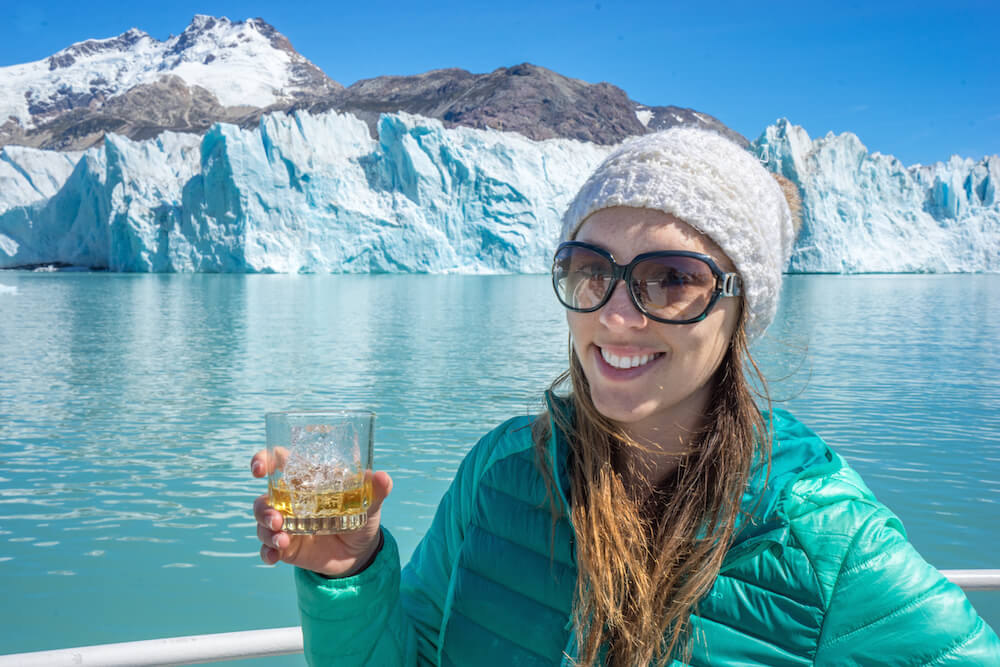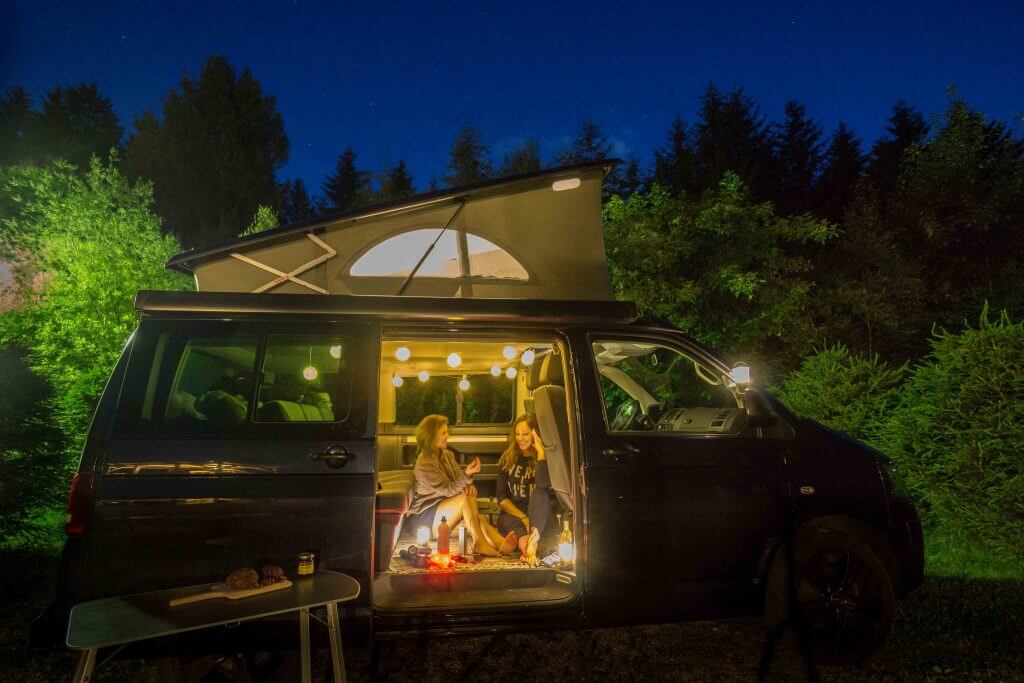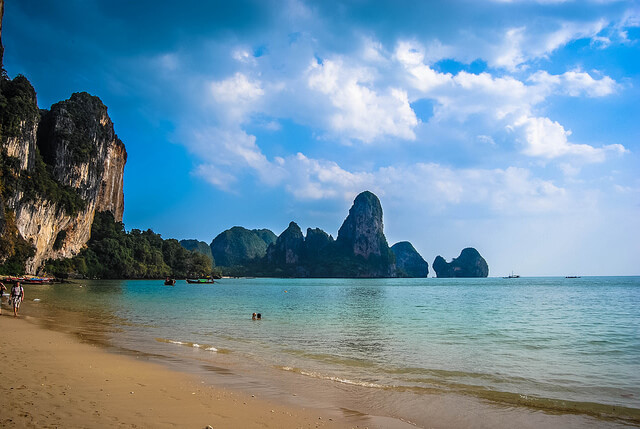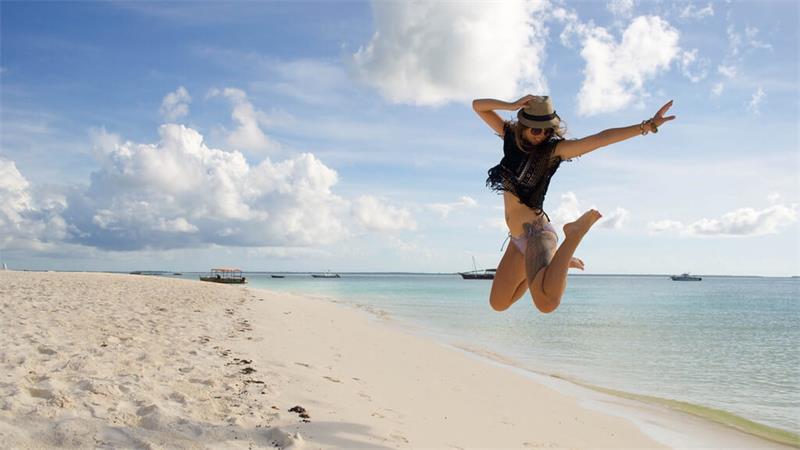
Have you ever wondered what it’s like to travel back in time and meet something thousands of years old?
While time travel isn’t (yet) a reality, stepping on a glacier developed during the previous ice age is.
Bonus: Patagonia’s glaciers hold some of the world’s cleanest water.
Trips leave daily from Puerto Rio Tranquilo to the Exploradores Glacier, which is about an hour distant. I was sold on the glacier hike when Steve showed me photographs of it on Google Images.
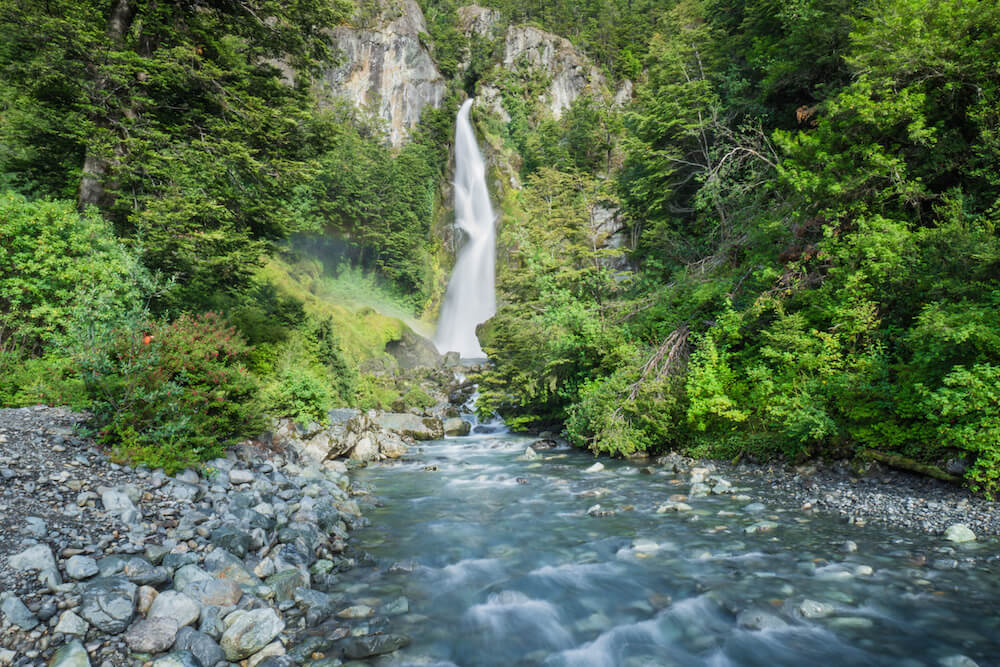
Trips on Exploradores just began a few years ago, providing a new source of money for the community of Puerto Rio Tranquilo and promoting tourism. Even access to the settlement of Pto Rio Tranquilo is new in the broad scheme of things. It was one of the most isolated areas on the earth prior to the completion of the Carretera Austral in the late 1980s.
The groups comprise around 20 individuals including two guides, and they travel across the glacier in single line. A guide is required in this situation. They are not only required in the national park, but they are also required to avoid falling into a crevasse. They are familiar with the routes and where to get the greatest photo chances.

A visit to Perito Moreno or Glacier Grey is around double the price (this one is only about $60), and the photographs I’ve seen of those don’t compare to those of our trek. It may be a different sort of glacier or, with more people and somewhat stricter controls, but I enjoyed what I saw (and editing later that evening).

The journey begins with an hour on a woodland route before arriving at a glacier moraine. Moraines are continually shifting, much like glaciers. This means there is no set path and it is a game of jumping from rock to rock and climbing with hands and feet at times. It also has a short duration.
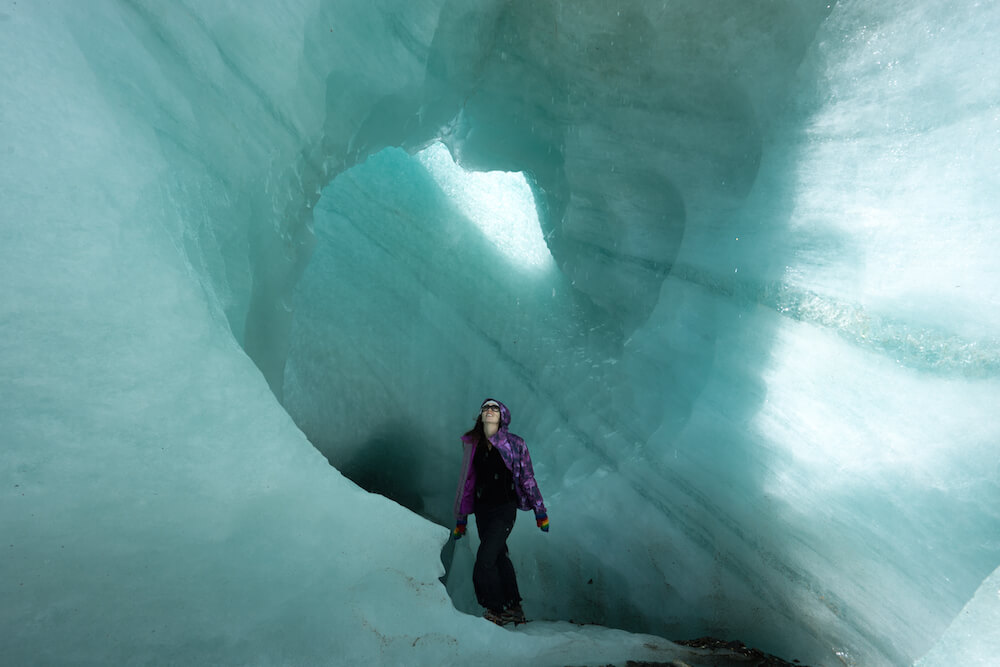
But don’t worry, since if you are thirsty, you can always depend on fresh glacier water!
The rocks eventually give way to ice. Walking on ice, Crampons, is similar to the pleasant crunch of bouncing through fall leaves. It’s crunchy and crackly.
We were trained to stand and walk up and down the glacier’s slopes. I was certain that no one would fall into a crevasse, but considering the steepness of some of the ups and downs, I might have easily landed flat on my stomach. I’m just well-organized.
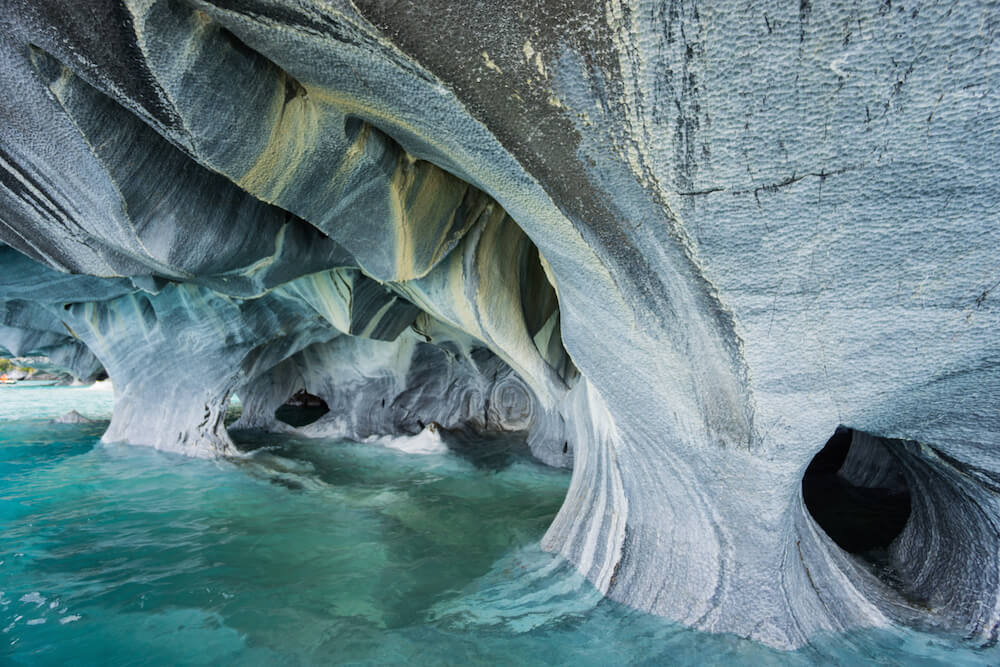
Fresh ice caves are constantly emerging and closing as the glacier recede, as it does globally. Several of the ice waves and corners we crawled and negotiated are probably no longer there, and this was only a few months ago.
It dawns on you at some point throughout the day that it is a special spot, surrounded by such baby blue water, gigantic mountains that frame the glacier, also covered with glaciers and waterfalls.
There aren’t many places on the planet with so much ice, so few tourists, and so many exciting possibilities. It’s no surprise that Patagonia has always captivated travellers and sits at the top of many tourists’ bucket lists.
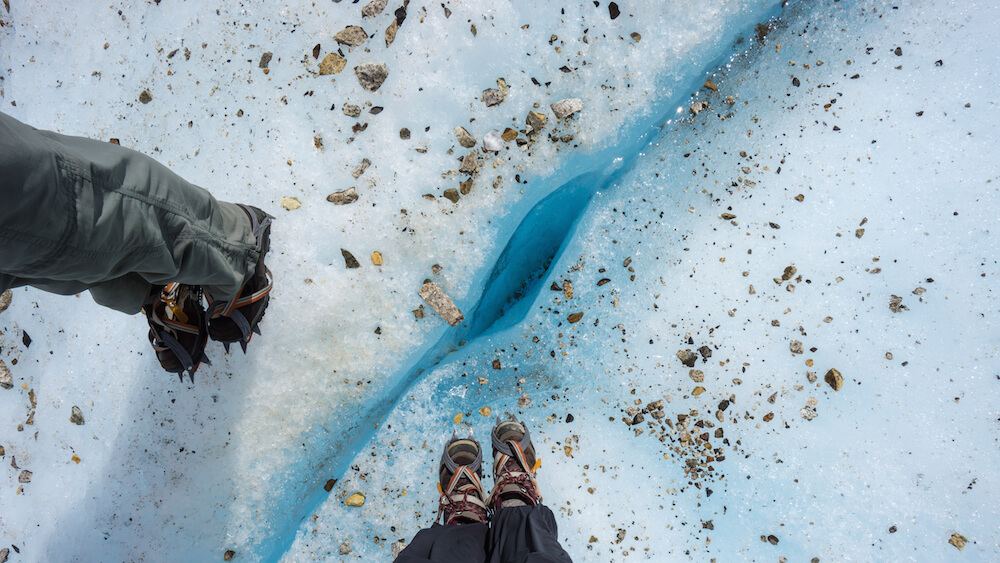
But, many of them pass up this possibility since it is not the simplest to reach. As a result, they travel directly south, avoiding much of Chilean Patagonia.
What do you think? It fits me perfectly since the isolation adds to its allure.
But if you’re prepared to go the extra mile, I hope you can as well.
Check out the marble caverns while you’re there!
Do it yourself:
- How to Get There: Take a boat from Puerto Rio Tranquilo. They depart on a daily basis, and there are several firms where you may book in person. I chose and advised Explora Sur, which charged CLP 45,000. The same organization also organizes boat tours to the Marble Caves, which depart from the city many times every day and last a few hours.
- Wear: anything not too baggy. I wish I had left my baggy clothes at home since they can lead you to misstep and fall into a crevasse. Bring hiking shoes that are suited for all types of rocks, gloves, waterproof clothes, and sunscreen.
- Sleeping: Either in a campsite if you have a tent or in a hotel in town. It’s best to just show up and find out.

